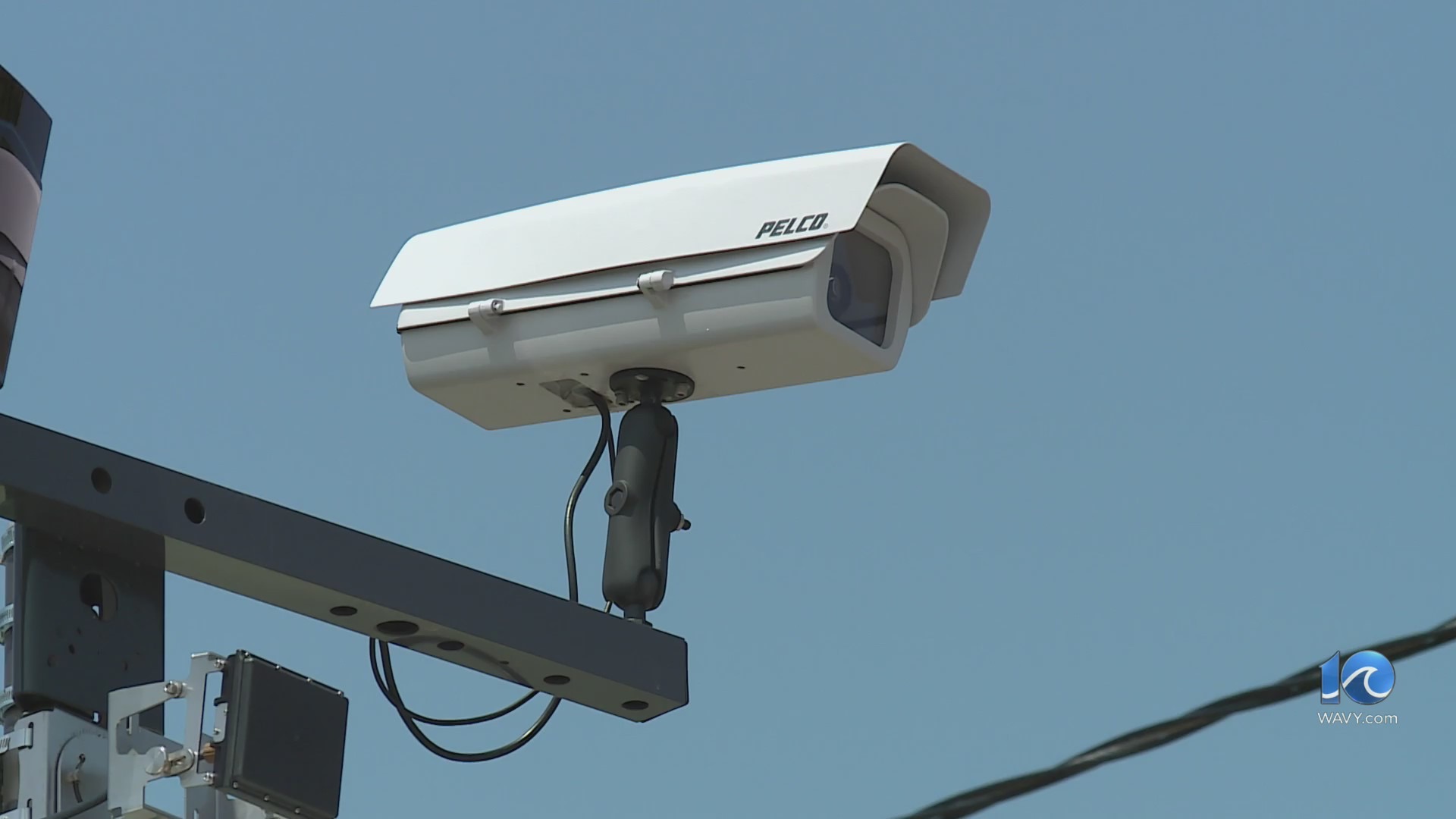American businesses and consumers soon will have a better idea of how President Donald Trump’s foreign trade agenda might affect them now that the United States has imposed higher tariffs on products from dozens of countries.
It’s been nearly 100 years since the nation had an overall import tax rate as high as the one set Thursday. But the individual impact on business costs and consumer prices could vary as much as the tariffs applied to goods of nearly 70 U.S. trading partners, from complicated economies like the European Union to the small African nation of Lesotho.
Exports from a majority of them are getting taxed at 15%. For a handful of countries in Asia, the rate is 19%. Products from the rest are subject to taxes of 20% to 50%. Meanwhile, a 55% tariff on Chinese-made goods is scheduled to take effect next week if a U.S.-China trade deal is not agreed on before then.
Businesses in the U.S. and abroad have been dealing in various ways since February with Trump’s fluctuating tariffs on specific products and countries. Many automakers appeared to have absorbed the costs for now. But recent government data indicated that retail prices for groceries, furniture and appliances started creeping up in June.
Because tariffs are a tax on imports, economists have expected U.S. consumers to foot at least part of the bill eventually.
The country-specific round enforced Thursday, together with the president’s earlier tariffs on specific sectors such as automobiles and steel, will increase prices 1.8% in the short term, the Budget Lab at Yale estimated. That’s the equivalent of a $2,400 loss of income per U.S. household, according to the non-partisan policy research center
The projections were based on an analysis of duties implemented this year through Wednesday, as well as a doubling of the levy on items made in India that Trump said would be implemented near the end of August.
“Retailers have been able to hold the line on pricing so far, but the new increased tariffs will significantly raise costs for U.S. retailers, manufacturers and consumers,” Jon Gold, vice president of supply chain and customs policy at the National Retail Federation trade group, said in an emailed statement to The Associated Press.
Here’s what to know about the tariffs and where U.S. consumers are most likely to notice effects:
How we got here
Trump unveiled sweeping import taxes on goods coming into the U.S. from 66 countries, the European Union, Taiwan and the Falkland Islands in April. He said the “reciprocal” tariffs were meant to boost domestic manufacturing and restore fairness to global trade.
The president paused the country-specific tariffs a week later but applied a 10% tax to most imports. In early July, he began notifying countries that their exports would be subject to higher tariffs on Aug. 1 unless they reached trade deals. A week ago, he pushed the start date to Thursday.
In the meantime, Trump announced a 35% tariff on imports from Canada, but delayed action on Mexico while negotiations continued. However, a free trade agreement reached with Mexico and Canada during Trump’s first term shields most of those countries’ products from punishing duties.
The president also ordered a 50% tariff on goods from Brazil. This week, he signed an executive order to take India’s tariff rate from 25% to 50% for its purchases of Russian oil. The timing gives India and Russia a chance to negotiate with the Trump administration.
Other duties not specific to countries remain in place, such as a 50% tariff on imported aluminum and steel announced in June. Trump also threatened 100% tariffs on computer chips that aren’t made in the U.S. The administration has said tariffs are still coming on imported pharmaceutical drugs.
Tariffs are already impacting prices
The U.S. Commerce Department reported on July 31 that prices rose 2.6% in June, up from an annual pace of 2.4% in May. Earlier in July, the government reported that its primary inflation measure, the Consumer Price Index, also ticked higher in June as the cost of furniture, toys and other frequently imported items increased.
Shoppers should be prepared to pay more for clothes and shoes because the combined tariffs “disproportionately affect clothing and textiles,” according to the Budget Lab at Yale. It estimates that shoe prices will go up 39% temporarily and stay 19% above where they are now. For apparel, the Budget Lab put the comparable figures at 37% and 18%.
Overall, Americans face an average tax of 18.6% for imported products, the highest rate since 1933, the research center said.
Food and drink prices will climb
The tariffs will almost certainly result in higher food prices, according to an analysis by the nonpartisan Tax Foundation. The U.S. simply doesn’t make enough of some products, like bananas or coffee, to satisfy demand. Fish, beer and liquor are also likely to get more expensive, the foundation said.
The U.S. Wine Trade Alliance and other alcohol industry trade groups sent a letter to Trump that warned a 15% tariff on European wines and spirits could result in more than 25,000 American job losses and cost the industry nearly $2 billion in lost sales.
“Mr. President, we need toasts, not tariffs, as we head into the most important season for our industry,” read the letter dated Wednesday.
Wine distributors and retailers avoided price increases before now by accelerating shipments from France and other EU countries earlier in the year. But with the EU’s tariff rate raised to 15% on Thursday, customers may see European wines costing 30% more in September, U.S. Wine Trade Alliance President Ben Aneff said.
Car prices hold steady — so far
Some automakers already raised prices to counteract tariffs. Luxury sports car maker Ferrari said last week it was waiting for more details of Trump’s trade deal with the EU before scaling back a 10% surcharge it put on most vehicles in the U.S.
For the most part, automakers waited for details instead of passing on tariff costs to consumers. But that could change.
General Motors said on July 22 that the impact of the tariffs could get more pronounced in the third quarter of the year. GM has estimated the tariffs will cost it $4 billion to $5 billion this year.
Toyota reported Thursday a 37% drop in profits in the April-June quarter, cutting its full-year earnings forecasts largely because of Trump’s tariffs.
Still a clouded picture
Even with so many new tariffs kicking in, the tariff situation remains fluid. Trump’s use of an emergency powers law to implement tariffs is being challenged in the courts. The case is expected to wind up before the U.S. Supreme Court.
Moreover, the tariffs on goods from China haven’t been finalized. Consumers may start seeing more effects when the administration ends a tax exemption for small parcels sent from other countries.
Trump last week signed an order to suspend the “de minimis” exemption that has allowed shipments valued at $800 or less to enter the U.S. duty-free. International e-commerce companies have widely used the rule to avoid paying customs charges.
Trump withdrew the exemption in early April for goods shipped from China and Hong Kong tariff-free. It is now set to be eliminated for low-value packages from every country on Aug. 29.
___
AP reporter Colleen Barry in Milan contributed to this report.





